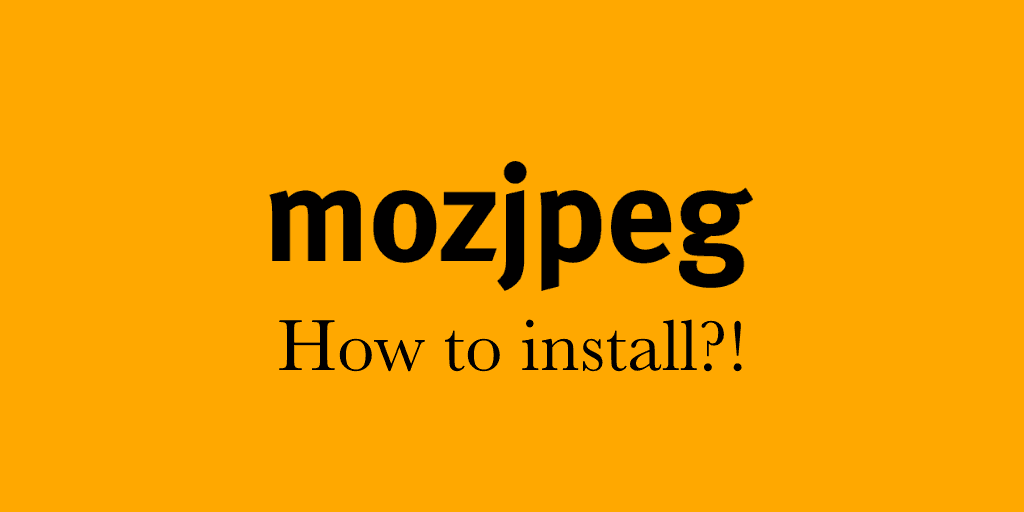How to install MozJPEG on macOS and Ubuntu

I recently had to make a Node script that would make use of MozJPEG. I will show you how to install it on both a development laptop and on the Ubuntu server the product will ultimately be deployed to.
What is MozJPEG
MozJPEG is a high efficiency JPEG converter that boasts higher visual quality and smaller file sizes than most other programs that output JPEG files. MozJPEG is meant to be used as a library in graphics programs and image processing tools, but mozjpeg is also packaged as a wonderful standalone command line tool called cjpeg which is what this article is about.
Install MozJPEG on macOS with brew
Brew is where you will find the latest mozjpeg binaries. If you don’t have brew yet, download it here. Brew will install cjpeg and djpeg into /usr/local/Cellar/mozjpeg
brew install mozjpeg
Install MozJPEG on Ubuntu from source
The developers did an excellent job with the makefile. Just make sure you’ve installed all the necessary tools and libraries.
sudo apt-get update
sudo apt-get install cmake autoconf automake libtool nasm make pkg-config git libpng-dev
git clone https://github.com/mozilla/mozjpeg.git
Then do the following to compile mozjpeg:
cd mozjpeg
mkdir build && cd build
sudo cmake -G"Unix Makefiles" ../
sudo make install
This will create a folder in /opt/mozjpeg with all the goodies for mozjpeg. If you want to use any of the binaries in the directory, you’ll need to just create a symlink to it.
cd /usr/local/bin
sudo ln -s /opt/mozjpeg/bin/cjpeg
sudo ln -s /opt/mozjpeg/bin/djpeg
Raw CJPEG usage examples
How to convert a file with cjpeg:
cjpeg -quality 80 test.jpg output.jpg # convert a file
How to convert a JPEG file and read out the contents to stdout:
djpeg test.jpg | cjpeg -quality 80 # pipe the output to stdout
How to compress and minify a buffered JPEG in NodeJS
In Node, you can spawn a process and pipe a stream to stdin. When you pipe to cjpeg, however, as opposed to passing a file name, cjpeg won’t know the file extension of the piped file, therefore, the pipe must be in a bitmap format. So for us to be able to pipe in a jpeg to compress, the command we must execute involves djpeg which will decode a jpeg file for use in a stream pipeline.
const bufferToStream = (buffer) => {
const stream = new Readable();
stream.push(buffer);
stream.push(null);
return stream;
};
export const compressPhotoAsync = (buf) => new Promise((resolve, reject) => {
const cjpeg = cp.exec('djpeg | cjpeg -optimize -quality 80', {encoding: 'buffer'});
const parts = [];
cjpeg.stderr.on('data', reject);
cjpeg.stdout.on('data', part => parts.push(part));
cjpeg.on('close', () => resolve(Buffer.concat(parts)));
bufferToStream(buf).pipe(cjpeg.stdin);
});